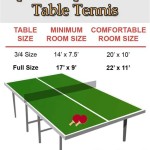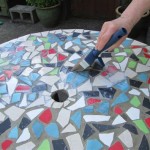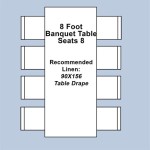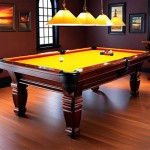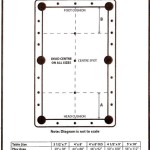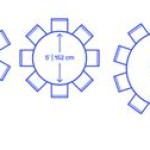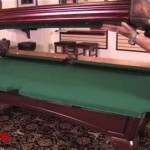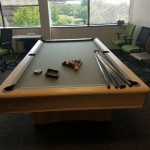Mid-Century Nesting Tables: A Timeless Design Icon
Mid-century modern design, often characterized by its clean lines, organic forms, and functionality, continues to captivate and inspire interior designers and home enthusiasts alike. A prominent element within this aesthetic is the nesting table, a versatile and space-saving furniture piece that embodies the era's penchant for practicality and elegance. These tables, typically crafted from wood, metal, or a combination of both, are designed to nest together seamlessly, creating a compact unit when not in use.
The appeal of mid-century nesting tables extends beyond their aesthetic charm. They offer a practical solution for smaller living spaces, transforming from a single elegant table to a set of tiered surfaces for serving, displaying, or working. Their adaptability makes them a perfect addition to living rooms, bedrooms, dining areas, or even offices, providing both style and functionality to any environment.
The History of Mid-Century Nesting Tables
The concept of nesting tables dates back to the 19th century, but it was during the mid-20th century that these pieces truly blossomed and gained widespread popularity. This period saw a resurgence in design innovation, with an emphasis on craftsmanship and functionalism. Designers such as Eero Saarinen, Charles and Ray Eames, and Arne Jacobsen embraced the concept of nesting tables, incorporating them into their iconic furniture collections.
The rise of mid-century modern design coincided with a shift in consumer preferences towards furniture that was not only aesthetically pleasing but also practical and adaptable. The nesting table perfectly captured this spirit, offering a solution for limited space without sacrificing style. Its functionality, enabling the table to expand or contract based on need, resonated with the era's appreciation for practicality and efficiency.
Key Characteristics of Mid-Century Nesting Tables
While variations exist, mid-century nesting tables typically share a common set of characteristics that contribute to their distinctive aesthetic and functionality:
1. Simple Geometric Forms
Mid-century design favored clean lines and simple geometric shapes, avoiding unnecessary ornamentation. Nesting tables often feature circular, square, or rectangular tops, supported by slender legs or a pedestal base. These clean lines create a sense of order and harmony, complementing the overall aesthetic of mid-century modern interiors.
2. Focus on Materials
Wood, metal, or a combination of both materials commonly comprise mid-century nesting tables. Natural woods, such as walnut, teak, or oak, were often utilized for their warmth and durability. Metal, particularly polished chrome or brass, was employed for its sleekness and contrasting texture. These choices of materials reflect the era's appreciation for natural beauty and innovative materials.
3. Functionality and Versatility
The hallmark of mid-century design is its focus on functionality. Nesting tables exemplify this concept, offering a space-saving solution that can be adapted to various needs. They can serve as individual tables, offering a surface for drinks, books, or decorative accents. Alternatively, they can be arranged in a tiered configuration for larger gatherings, providing ample space for serving food or displaying artwork.
The Enduring Appeal of Mid-Century Nesting Tables
The popularity of mid-century nesting tables extends beyond their historical significance. Their timeless design and enduring functionality make them a desirable choice for modern interiors. These tables seamlessly blend with various interior styles, from contemporary to traditional, adding a touch of sophistication and elegance to any space.
Today, mid-century nesting tables remain a popular choice for both interior designers and homeowners. Their ability to offer practical solutions without sacrificing style ensures their continued relevance in the ever-evolving world of interior design. Whether serving as a focal point in a living room or providing additional workspace in a home office, mid-century nesting tables offer a timeless blend of form and function.

Mid Century English Modern Teak Flip Top Nesting Tables By Mcintosh Hong Kong

Mid Century Nesting Coffee Tables Set Of 3 For At Pamono

Rare Danish Bramin Nesting Table 50s 60s Teak Coffee Mid Century Vintage Side Sidetable

Mid Century Modern Nesting Tables By Heritage Olicore Studio

Mid Century Teak Nesting Tables By Victor Wilkins For G Plan 1970s Set Of 3 At Pamono

Mid Century Danish Design Teak Nesting Tables 1960s Sold Old North Interiors

Mid Century Modern Scandinavian Nesting Tables In Rio Rosewood By Johannes Andersen Galerie Møbler

3 Compact Teak Nest Nesting Tables Occasional Vintage Retro Mid Century

Mid Century Nesting Tables Danish Modern Table Rosewood Side

Mid Century Modern Teak Nesting Tables Set Of 5 Vintage Home Boutique

